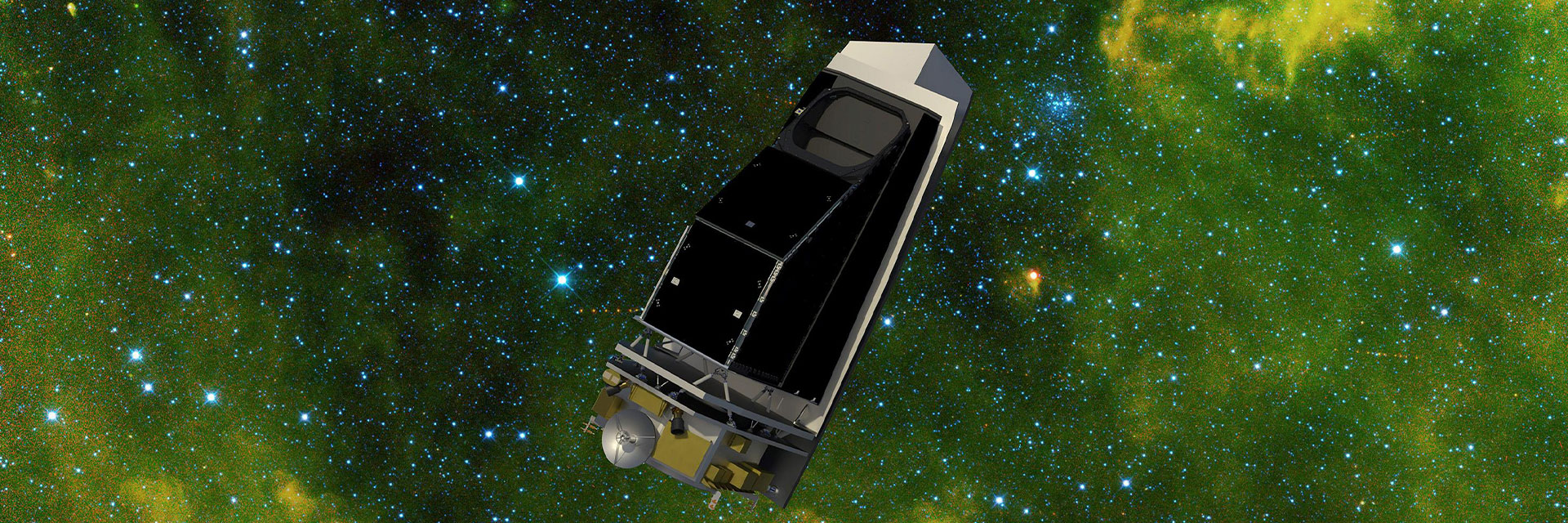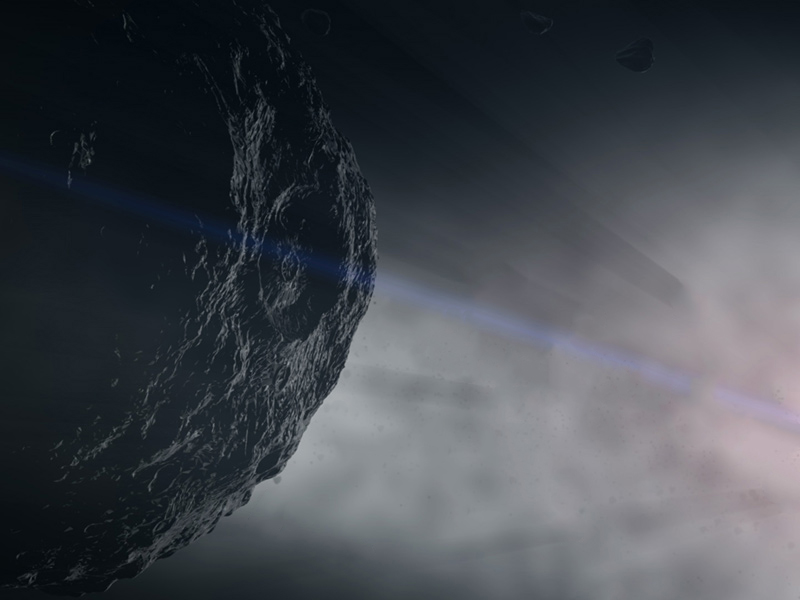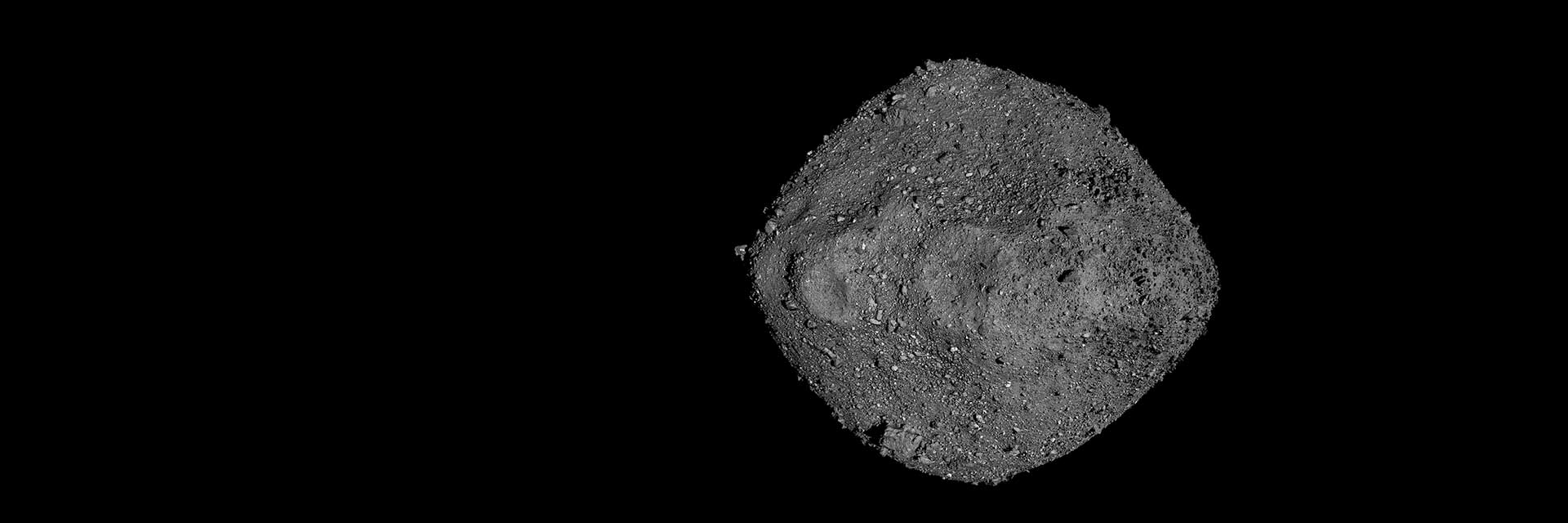NEO Surveyor
Near-Earth Object Surveyor Space Telescope
small bodies of the solar system
GROUND-BASED TELESCOPES
WHY NASA STUDIES ASTEROIDS

Overview
Building on the success of NASA's NEOWISE space telescope, the agency's NEO Surveyor will be the first spacecraft created specifically to find large numbers of asteroids and comets that are potentially hazardous to Earth.
As it scans the solar system, NEO Surveyor's sensitive infrared detectors will track the most elusive near-Earth objects. Dark asteroids and comets don't reflect much visible light, for example, but they will glow in the infrared spectrum as they’re heated by sunlight.
In addition, NEO Surveyor will be able to find asteroids that approach Earth from the direction of the Sun, as well as ones both leading and trailing our planet's orbit, where they are typically obscured by the glare of sunlight. All of these are threats that larger ground-based observatories could miss.
Use NASA's Eyes on Asteroids interactive (below) for a real-time visualization of every known asteroid or comet classified as a Near-Earth Object, or NEO.
Why We're Launching NEO Surveyor
- Finding near-Earth objects is required by law.
- We can only do something about hazardous near-Earth objects if we can find them first.
- NEO Surveyor will find asteroids and comets that other space missions cannot, filling a critical gap in humanity’s ability to detect potentially hazardous near-Earth objects.
- In addition to planetary defense, scientists will use data from NEO Surveyor for studies of near-Earth objects to learn more about the evolution of the solar system.
Work Is Under Way on NASA’s Next-Generation Asteroid Hunter
The mirrors for NASA’s Near-Earth Object Surveyor space telescope are being installed and aligned, and work on other spacecraft components…
Read the Story
Learn More About Asteroids
Planetary Defense at NASA
In 2016, NASA established the Planetary Defense Coordination Office (PDCO) to manage the agency's ongoing mission of finding, tracking, and better understanding asteroids and comets that could pose an impact hazard to Earth.
Learn More












